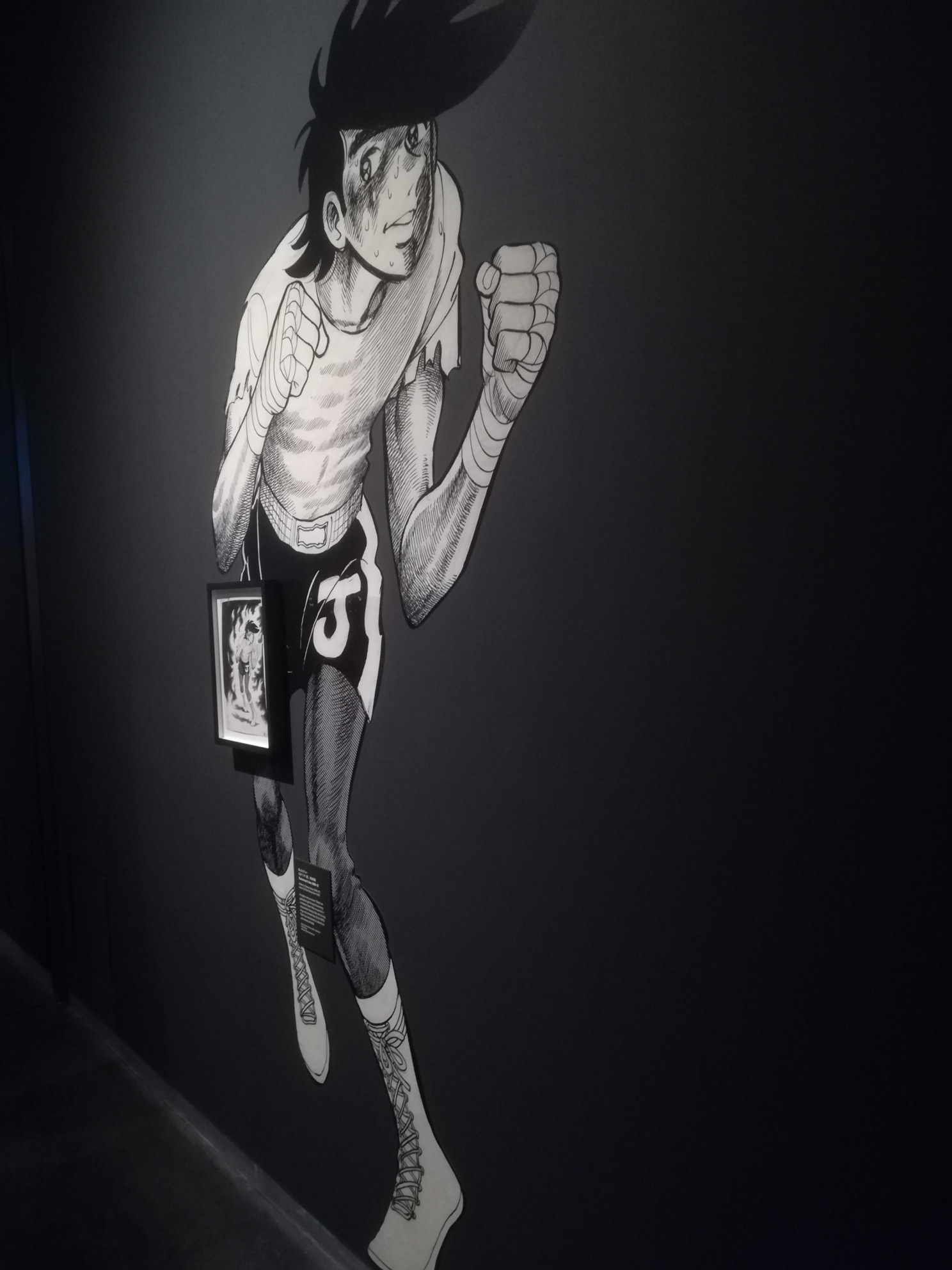I do love the works of Rumiko Takahashi and her Rumik World anthology series. Her Fire Tripper run in Manga Mania was the first complete manga series I read and I purchased quite a few of the OAV adaptations including Fire Tripper and Laughing Target. One of the OAVs I had not seen was Maris the Wondergirl so, with 50 minutes to spare, I sat down and watched this short film.
Maris is a super strong lieutenant in the Intergalactic Space Patrol but when she damages her third ship through her super Thanatosian strength, she has to take on part time jobs to pay the organisation back. When the playboy son of a billionaire is kidnapped Maris dreams of romance as well as a big payday. The only thing standing her way is fellow super strong warrior Sue, who defeated Maris in a wrestling match once by cheating. As Maris makes her way to the fortress where the hier is kept all is not what it seems in the final showdown.
The 1986 animation is very impressive.
This is a cute and disposable OAV. It doesn't really stay long in the memory but is fun with good animation and great 80s hair rock music complementing the fight scenes. The opening two minutes are impressive as the Maris is involved in a dramatic dogfight. Maris is a goofy and flawed character and the moral of 'money doesn't buy happiness but it does make life easier' is a message I can get behind in this humorous 50 minute diversion. This is a great slice of mid 80s animation and is well worth a watch.
LINK: Fire Tripper- Cult Manga Review
LINK- Akira Soundtrack Vinyl Review
LINK- Monster City- Cult Manga Review
LINK: Japan: My Journey to the East
LINK- The Offworld Collection- Book Review
LINK: Manga Exhibition at the British Museum
LINK- The Midnight Library and the Idea That You Can’t Go Home Again
LINK- The Transportive Nature of Objects (And the Power of Mini Consoles)































